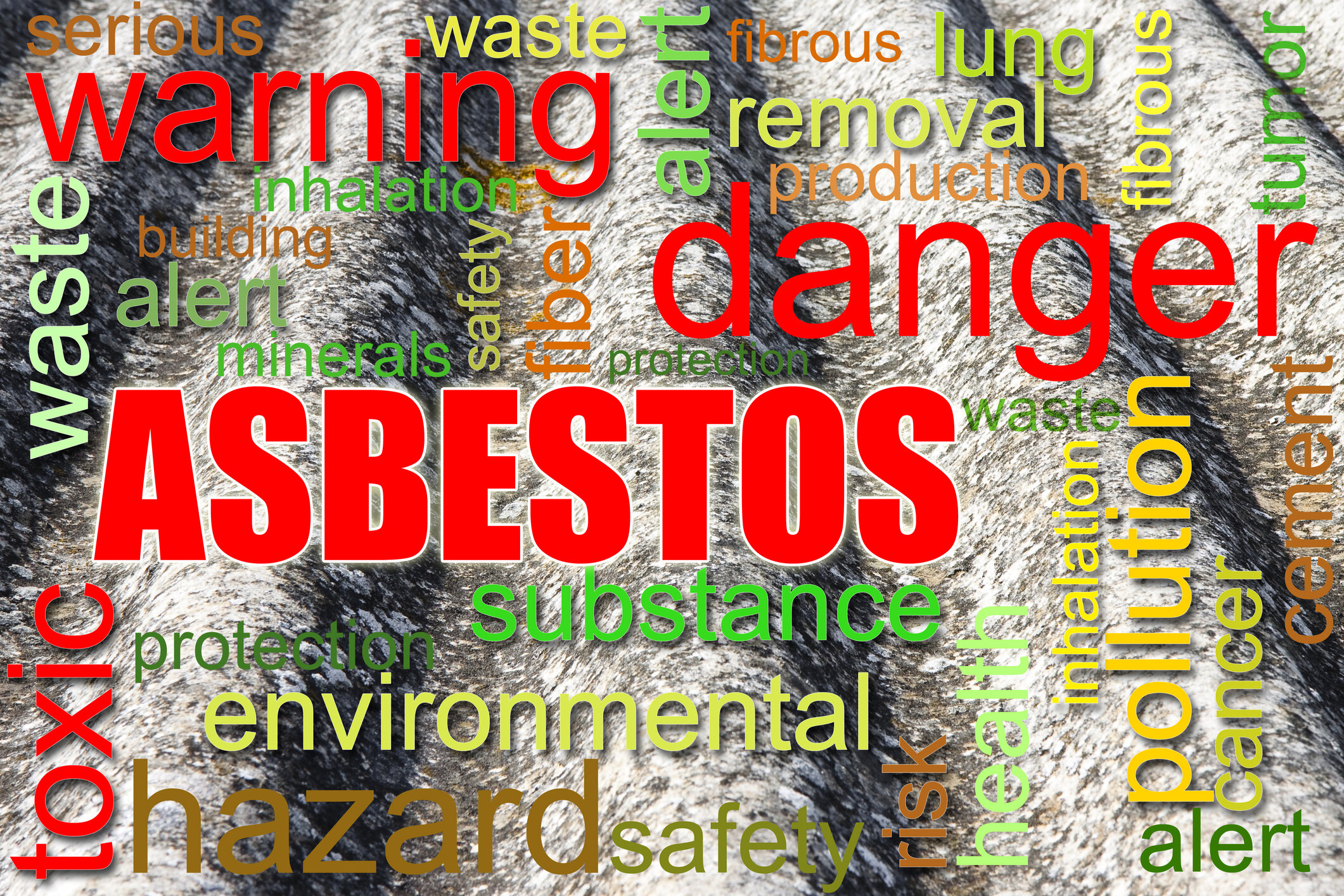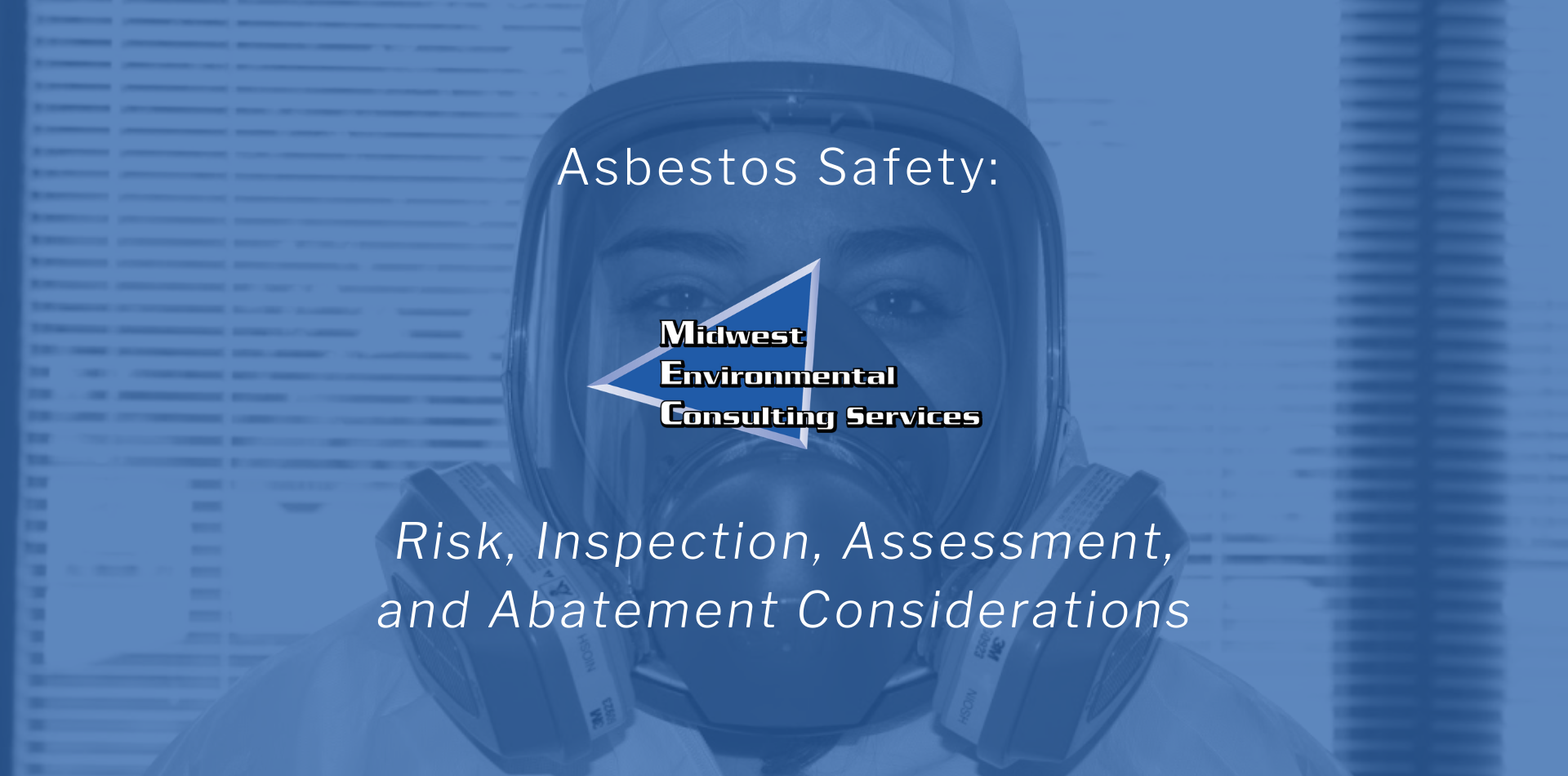Asbestos is a natural mineral that can cause cancer in humans and animals. For decades, the side effects of asbestos exposure have been unknown to humans, and asbestos has been used regularly in home construction. Although the use of asbestos in the home has dropped dramatically over the years, it is still found in a wide variety of household materials, especially in older homes.
Whether you are a homeowner or a tenant, you need to be aware of asbestos, where this can be seen in your home, and what you can do to protect yourself and other family members. Where asbestos is commonly found.
Where Asbestos is Commonly Found
Decades ago, asbestos was used in building materials found all over the common household. Although some of these materials have been removed from homes over time, some are still in use today. Here’s where you may be able to find asbestos in your home:
-
HVAC system. Duct connectors, HVAC fabric, duct insulation, furnace cement, duct tape, and even some kinds of ducts themselves can all contain asbestos.
-
Electrical system. Asbestos is used for wiring insulation, cable wrap, and electrical shielding.
-
Home exterior. Asbestos can be found in felt paper, shingles, siding, roof sealant, and cement.
-
Home interior. Asbestos was used in the past for insulation, drywall, ceiling tiles, carpet glue, and mastic
-
Flooring. Floor products, including floor tiles and sheet flooring, were traditionally made with asbestos.
Asbestos was frequently used in products before 1980, but today, the Environmental Protection Agency still allows the use of asbestos in some household items and building materials. Consumers can find asbestos in everything from fire safety products to interior plaster and flooring.
Reasons to Check for Asbestos
Although asbestos is found in many household products, it is often not a threat in modern homes. Asbestos is toxic to humans only when transported in the air. Asbestos coated with other materials cannot be inhaled and is therefore not dangerous to humans. Asbestos poses a risk when it is friable, which means that asbestos has begun to decompose, and the broken fibers become airborne.
Homeowners and consumers should know where asbestos is in their homes or properties because if asbestos is damaged, it can become brittle. Asbestos is more vulnerable to damage during home remodeling when you transport it or reduce it to a smaller size. Any homeowner or business owner with a built structure before 1980 and intends to remodel or repair their home after a natural disaster should know what products in their home contain asbestos.
A licensed inspector will come to your home and look for standard locations where asbestos can be found. Most inspectors will prepare a written report that a homeowner can use to treat asbestos or future remodeling and also asbestos abatement.
Different Types of Asbestos
Surprisingly, so many people find that different types of asbestos are exploited in other parts of the world. All kinds of asbestos are fibrous, but each type has different properties and can have various applications.
White Asbestos
White asbestos is also known as chrysotile and is known for its pleasing texture and extreme elasticity and used in the roofing elements, roofs, floors, walls, and also brake pads. White asbestos has both residential even industrial applications and may be found in firms and homes.
Blue Asbestos
Also called crocidolite, it is a rare mineral that is not often used. Its thin and too fragile fibers make this form of asbestos particularly dangerous. They are found in plastic and cement products, and in the past, were used to insulate engines and steam pipes.
Brown Asbestos
Brown asbestos, also called amosite, is especially strong and heat-resistant. Brown asbestos is found in roof tiles, pipe insulation, and sandwich panels. Brown asbestos is considered to be particularly cancerous.
What to Do If You Have Asbestos In Your Home
Some estimates say that about 50% of homes contain asbestos, and about 5,000 products have contained or still contain asbestos. No matter where you live, there’s a good chance that your home contains asbestos. Does that mean it should be removed?
Sometimes brittle asbestos is more dangerous in the event of a malfunction than it is on the spot. The condition and location of the material, the purpose for which it is used, and other factors may affect whether the asbestos should be removed or left in place.
Is It Safer to Remove Asbestos From a Building or Leave It There?
When trying to decide whether to remove asbestos from your building, there are many factors to take into consideration. The first and often the most important is the condition of the asbestos. If the material has been cut into, broken, bent, scraped, or in any other way damaged, the asbestos may be friable.
What is Friable Asbestos?
Asbestos fibers are toxic to humans and can cause cancer if inhaled. However, asbestos is usually coated with other materials. It is a component of insulating materials, floors, wires, plastic, or vinyl. Asbestos becomes dangerous only when these solids are damaged, and asbestos fibers are released into the air. This is the case. When asbestos fibers are released into the air, they are said to be friable.
Location is another factor that could affect whether asbestos should be removed. Asbestos that is out in the open where it can easily be damaged is likely a much greater danger than asbestos that is located in a part of the home where people rarely go, like in the walls or an unfinished attic.
Sometimes, leaving asbestos in place isn’t an option. Remodels, repairs, demolitions, and other changes in the home can have an effect on whether asbestos should be removed. This removal process is complicated and should be performed by a trained professional. An owner trying to remove asbestos can expose themselves and their family members to asbestos fibers.
Asbestos Do’s and Don’ts
Do’s:
-
Do hire an asbestos treatment professional.
-
Do examine the professional license, certification, or other requirements (per The state in which you live).
-
Do Be careful to keep children and adults away from the area where asbestos is suspected.
-
Do test materials that might contain asbestos before performing repairs or removal.
-
Do dispose of materials containing asbestos in a manner in compliance with local and federal laws.
-
Do check references for any asbestos removal professional you’re thinking about hiring.
Don’ts:
-
Don’t attempt to remove asbestos on your own without proper training or certification.
-
Don’t run the HVAC system if friable asbestos has been located in a ventilated room of the house.
-
Don’t saw, cut, sand, drill, damage, or break any material believed to contain asbestos.
-
Don’t vacuum or remove dust in rooms where asbestos-containing materials are present.
-
Don’t bring asbestos-contaminated clothing into your home.
Tips for Hiring an Asbestos Abatement Company
Hiring an asbestos control company is no different than hiring another contractor. Learn about licensing requirements in your state and make sure everyone you hire meets those requirements. You may need to check these accreditations at the state licensing office.
Here are some more tips:
-
Review the inspection contract to ensure that your inspection will include a written report with recommendations for abatement as well as laboratory analysis of samples if any potential asbestos is discovered.
-
If selling the property, ensure that the written report will include a follow-up report to certify the asbestos has been removed.
-
Require your abatement contractor to provide a certification that all federal and state procedures for asbestos removal have been followed.
-
Do research on asbestos abatement before meeting with potential contractors, then ask them what kind of methods they use to protect homeowners from asbestos exposure.
If you are selling your property, you may need to provide specific documentation or follow certain procedures. Work with a real estate agent to make sure you follow these steps.
Inspector Versus Contractor
Asbestos management is heavily regulated. Inspectors and contractors who inspect and abate public structures (like schools) are required to have federal training and accreditation.
However, there is no federal regulation requiring this training for individuals performing asbestos abatement in residential structures. States may have individual requirements, and in fact, some states may have very specific and strict requirements for every entity involved in asbestos abatement.
Inspector
An authorized asbestos inspector shall determine and assess the situation of these asbestos-containing materials. The inspectors take specimens and then send them to the lab for asbestos testing. Inspectors may write reports and return to the property for follow-up after abatement has taken place.
Asbestos Contractor
An asbestos contractor is someone who removes asbestos from the property following all state and federal requirements for asbestos removal. Asbestos abatement contractors may also be responsible for the proper disposal of asbestos.
Whether you’re seeking an asbestos contractor or inspector, do the following:
-
Check licensure to ensure that the individual being hired is properly licensed, and the license is active.
-
Have a conversation with the individual before signing a contract.
-
Review the contract to ensure that you’re getting the service you expect.
-
Check references from each person you’re thinking about hiring.
Asbestos Handling Rules and Regulations
There are many rules and regulations about asbestos handling in the workplace and asbestos abatement from public places.
AHERA
AHERA stands for Asbestos Hazard Emergency Response Act. AHERA requires schools to be inspected for asbestos-containing materials. If asbestos-containing materials are identified, then a plan must be put in place to eliminate asbestos hazards. Under AHERA, the EPA must also develop a model plan for states to accredit people who conduct asbestos inspections and implement corrective actions in public education facilities.
NESHAP
NESHAP regulations outline all work practices for asbestos removal during renovations, demolitions, installations, and constructions. NESHAP regulations do not apply to residential buildings with four and fewer than four dwelling units. These regulations require building owners to give proper notice to state agencies before any demolition or renovation of a building that could contain a specified level of asbestos.
OSHA
The Occupational Health and Safety Administration regulates working conditions in the United States and enforces rules that reduce occupational health and safety risks. OSHA has implemented several standards that help keep workers safe in the workplace, including the General Asbestos Standard and the Asbestos Construction Standard. OSHA may conduct surprise inspections. Contractors wishing to ensure compliance with OSHA laws and regulations may seek advice.
Main Health Hazards of Asbestos Exposure
Asbestos exposure can cause a variety of conditions, some that are worse than others. Below are some of the most common asbestos-related conditions.
Cancer
Cancer from asbestos exposure has a latency period of about 20 to 30 years. Often, cancer develops after a person has been exposed to asbestos for a period of many years. However, some people develop cancer after less than a year of exposure to the asbestos mineral.
While cancer may be the most common among people who are exposed to asbestos at their job, some people develop lung cancer due to second-hand exposure. As a result, people who smoke are much more likely to develop lung cancer.
Mesothelioma
Mesothelioma is an aggressive type of cancer affecting the lining of the lung, as well as the abdominal and heart cavities. Typically, this type of cancer is fatal, but there are many factors that can improve the odds of survival. Early detection is important. Some studies indicate that lower levels of exposure to asbestos can increase the chances of patient survival.
Asbestosis
Asbestosis is a condition that occurs when scar tissue forms in the lungs and the elasticity of the lungs is significantly decreased as a result. Asbestosis causes shortness of breath, cough, and chest pain. Patients suffering from asbestosis often have blue-ish skin coloring. This condition usually occurs after long-term (five years or more) exposure to asbestos.
Other Asbestos Facts
Asbestos is discussed extensively in health classes and on the job site, so many people already know a lot about asbestos, how it is used, and the ways it can be a hazard. Below is some information you may not know, including statistics as well as some surprising uses for asbestos:
-
Asbestos has not been banned in the United States and can still be found in certain products used in homes and buildings.
-
Approximately 300 metric tons of asbestos were produced in the United States in 2017.
-
There are six different forms of asbestos, each with its own characteristics.
-
It’s estimated approximately 1.3 million people are at risk for asbestos exposure in the workplace.
-
Approximately 20% of asbestos workers develop a related disease later in life.
-
Asbestos-related diseases claim 90,000 lives annually.
-
Asbestos was used for a variety of purposes in the early and mid-20th century, including artificial snow and cigarette filters.
-
Asbestos was used on the set of the Wizard of Oz as artificial snow falling from the sky during the snow scene.
-
Approximately 410,000 people were exposed to asbestos during the fall and clean-up of the World Trade Center towers in New York City.
-
Libby, Montana, was the site of one of America’s worst environmental disasters when thousands of people were exposed to asbestos dust from the nearby vermiculite mine.
Know How to Protect Yourself and How to Get Help
Asbestos can be found in both old and new buildings. Although many people now know how asbestos can pose a hazard, many do not know that asbestos is still used in building materials. Maintaining awareness and alertness is the only way to protect yourself from this invisible danger.
If you’re a homeowner who lives on a property with old, friable asbestos, or a business owner going through demolition or remodeling with asbestos on-site, the most important thing you can do is to have it tested and if needed, have it abated. With over 25 years in the industry, MEC offers a variety of asbestos testing and consultation services for public and private sector clients. Whether it’s a commercial or industrial building or a construction site, our licensed asbestos inspectors will create a report of their findings and will develop an abatement plan that will safely remove the asbestos from your project. Give us a call today!





